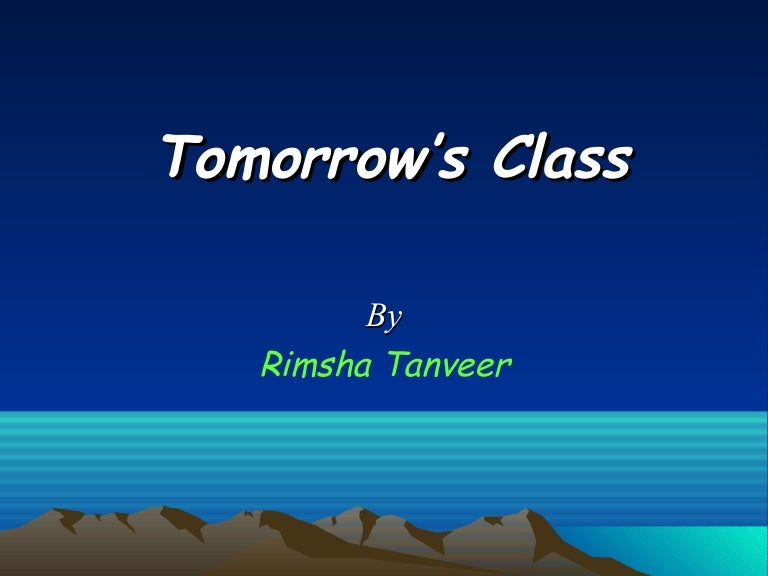Technology has impacted almost every aspect of life today, and education is no exception. Or is it? In some ways, education seems much the same as it has been for many years. A 14th century illustration by Laurentius de Voltolina depicts a university lecture in medieval Italy. The scene is easily recognizable because of its parallels to the modern day. The teacher lectures from a podium at the front of the room while the students sit in rows and listen. Some of the students have books open in front of them and appear to be following along. A few look bored. Some are talking to their neighbors. One appears to be sleeping. Classrooms today do not look much different, though you might find modern students looking at their laptops, tablets, or smart phones instead of books (though probably open to Facebook). A cynic would say that technology has done nothing to change education.

Smart Boardslcsd Educational Technology Resources Internships
The SMART Board, or interactive white board, has become a vital tool in today’s technology-driven classroom as it brings a new level of interaction into the experience students have while learning. They become part of the lessons and remember activities better as their physical touch on the SMART Board has an immediate and lasting effect. Top 14 Smart Education and eLearning Companies in the World 2018 1. Blackboard, an ed-tech company with corporate headquarters in Washington D.C, made its name by enhancing the experience of educators with pragmatic online platforms beyond the four walls of the classroom.
Smart Boardslcsd Educational Technology Resources Examples
However, in many ways, technology has profoundly changed education. For one, technology has greatly expanded access to education. In medieval times, books were rare and only an elite few had access to educational opportunities. Individuals had to travel to centers of learning to get an education. Today, massive amounts of information (books, audio, images, videos) are available at one’s fingertips through the Internet, and opportunities for formal learning are available online worldwide through the Khan Academy, MOOCs, podcasts, traditional online degree programs, and more. Access to learning opportunities today is unprecedented in scope thanks to technology.
Opportunities for communication and collaboration have also been expanded by technology. Traditionally, classrooms have been relatively isolated, and collaboration has been limited to other students in the same classroom or building. Today, technology enables forms of communication and collaboration undreamt of in the past. Students in a classroom in the rural U.S., for example, can learn about the Arctic by following the expedition of a team of scientists in the region, read scientists’ blog posting, view photos, e-mail questions to the scientists, and even talk live with the scientists via a videoconference. Students can share what they are learning with students in other classrooms in other states who are tracking the same expedition. Students can collaborate on group projects using technology-based tools such as wikis and Google docs. The walls of the classrooms are no longer a barrier as technology enables new ways of learning, communicating, and working collaboratively.

Technology has also begun to change the roles of teachers and learners. In the traditional classroom, such as what we see depicted in de Voltolina’s illustration, the teacher is the primary source of information, and the learners passively receive it. This model of the teacher as the “sage on the stage” has been in education for a long time, and it is still very much in evidence today. However, because of the access to information and educational opportunity that technology has enabled, in many classrooms today we see the teacher’s role shifting to the “guide on the side” as students take more responsibility for their own learning using technology to gather relevant information. Schools and universities across the country are beginning to redesign learning spaces to enable this new model of education, foster more interaction and small group work, and use technology as an enabler.

Technology is a powerful tool that can support and transform education in many ways, from making it easier for teachers to create instructional materials to enabling new ways for people to learn and work together. With the worldwide reach of the Internet and the ubiquity of smart devices that can connect to it, a new age of anytime anywhere education is dawning. It will be up to instructional designers and educational technologies to make the most of the opportunities provided by technology to change education so that effective and efficient education is available to everyone everywhere.

You can help shape the influence of technology in education with an Online Master of Science in Education in Learning Design and Technology from Purdue University Online. This accredited program offers studies in exciting new technologies that are shaping education and offers students the opportunity to take part in the future of innovation.
Smart Boardslcsd Educational Technology Resources Technology
Learn more about the online MSEd in Learning Design and Technology at Purdue University today and help redefine the way in which individuals learn. Call (877) 497-5851 to speak with an admissions advisor or click here to request more information.
